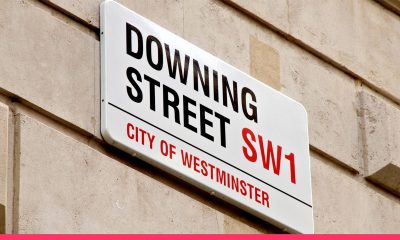Cheltenham Festival
Reading A Cheltenham Racecard For The Real Racing Experience
I believe that learning to read a Cheltenham racecard is the single most important skill for moving from a casual observer to someone who truly engages with the sport. It can look like a wall of hieroglyphics at first, but once you understand the key, it transforms from a confusing list into a rich story full of clues, history, and potential. For me, this process is the foundation of the real racing experience, turning the pre-race buildup into a detective story.
My eyes always go to the form figures first. This string of numbers to the left of the horse’s name is its recent history. A ‘1’ means it won its last race, a ‘2’ means it finished second, and so on. The key for me is to look for a sequence of positive numbers like ‘211’, which shows a horse in winning form. I also pay attention to dashes, which indicate a long break from racing, and letters like ‘F’ or ‘U’, which mean the horse fell or unseated its rider. This single line tells me about a horse’s current confidence and reliability.
Next, I look at the horse’s age and weight. In handicaps, the weight is the great equalizer, and finding a young, improving horse carrying a low weight is my primary goal. I also check the jockey and trainer combination. Seeing a name like Paul Townend for Willie Mullins is a massive positive; it means the stable’s first-choice jockey believes this is their best chance in the race. A top jockey booking can often be the deciding factor between two otherwise closely matched horses.
I then move to the official rating, usually found next to the weight. This is the handicapper’s assessment of the horse’s ability. A high number is good, but I’m looking for a horse whose rating might be lower than its true potential. If a horse has won well since its current rating was assigned, it might be “well-in,” meaning it is carrying less weight than it should be, which is a huge advantage.
The comments section is where the narrative comes alive. Phrases like “stayed on well,” “eased near finish,” or “value for extra” suggest the horse won with more in hand than the official winning margin indicates. Conversely, “hung left,” “tired final 100yds,” or “never nearer” highlight potential weaknesses. These snippets help me visualize past performances and gauge if the horse will suit the demands of the Cheltenham hill.
I also pay close attention to the silks diagram. It might seem trivial, but it helps me spot my horse quickly in the parade ring and during the race itself. There’s a real thrill in identifying your selection by its colours as it jumps the first fence, a connection that you don’t get from just reading a name on a screen.
Finally, I look at the betting forecast on the card. While not the final word, it gives me a rough idea of the market’s perception. A horse at big odds with strong form figures might be overlooked and offer value, whereas a short-priced favourite with a patchy profile might be one to oppose. The racecard provides the evidence; the odds tell me the consensus.
Mastering the racecard has deepened my appreciation for Cheltenham more than any other single thing. It’s no longer a blur of colours and noise, but a complex, analysable puzzle. The real racing experience, for me, is found in those few minutes of quiet study before the roar of the crowd, piecing together the story of the race that is about to unfold. It’s where the battle is first won and lost, not on the track, but in the mind of the punter.















You must be logged in to post a comment Login